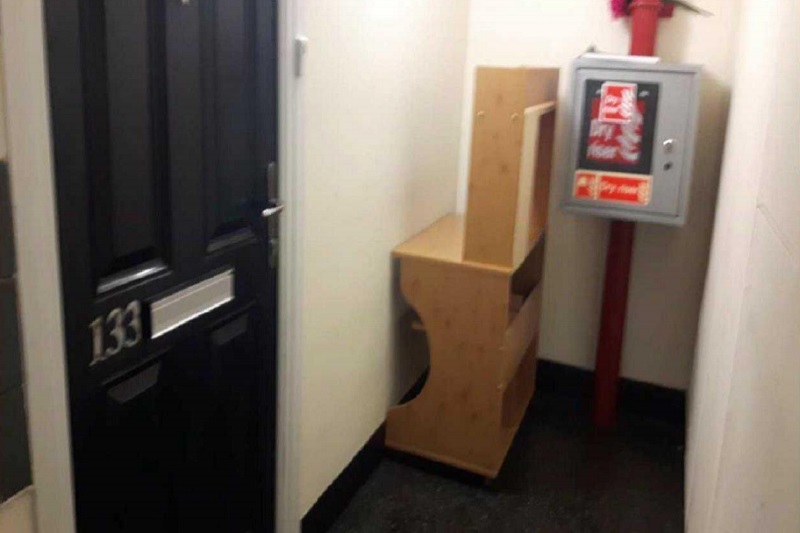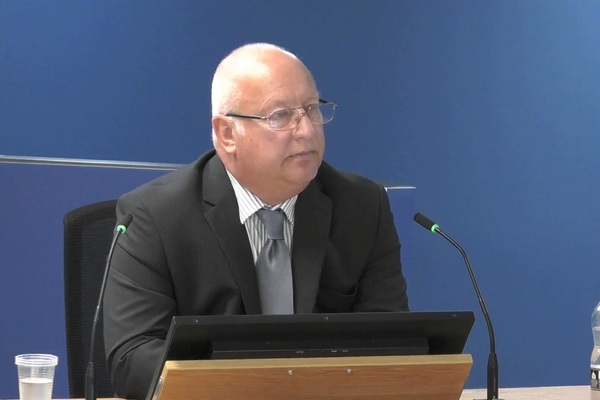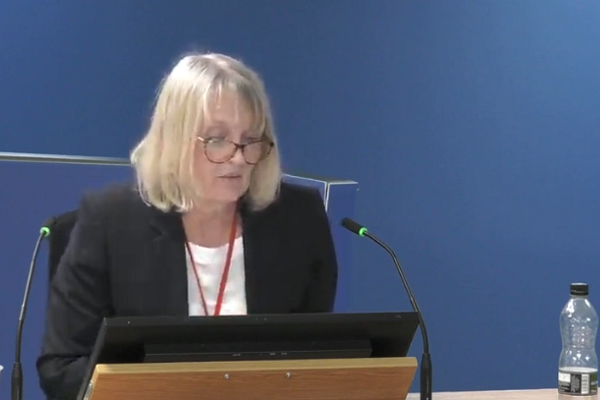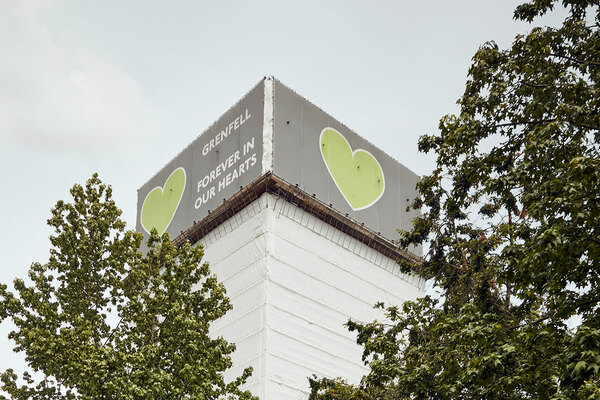KCTMO failed to fix 23 high-priority issues on last Grenfell fire risk assessment, inquiry hears
The company that managed Grenfell Tower failed to fix 23 high-priority actions raised in a fire risk assessment (FRA) four months after it was carried out, despite the assessor stating these needed to be fixed within weeks, the public inquiry into the disaster heard today.

A June 2016 FRA for the 24-storey tower – the final one conducted before it was destroyed a year later – came with 43 actions marked as “high” priority.
Carl Stokes, who carried out the FRA, told the inquiry today this categorisation indicated that he believed the related issues breached regulatory requirements.
His FRA recommended that Kensington and Chelsea Tenant Management Organisation (KCTMO), which managed the Royal Borough of Kensington and Chelsea’s (RBKC) council housing stock, start work to remediate these 43 issues within two to three weeks.
But in a check of the tower carried out four months later in October 2016, requested by KCTMO ahead of a London Fire Brigade (LFB) audit, Mr Stokes found that 23 of these 43 “high-priority” actions were still outstanding.
Mr Stokes told the inquiry today that his reaction to the slow progress on his recommendations had been one of “frustration”, and agreed that it was not the first time he had felt this during his work for KCTMO.
Asked if he told Janice Wray, then health, safety and facilities manager at KCTMO, that something was “gravely wrong with her FRA management system”, he replied: “I would not have probably said the FRA management system [was gravely wrong], more along the lines of, ‘why hasn’t this work been undertaken?’”
KCTMO was hit with a deficiency notice for Grenfell Tower following the LFB’s subsequent audit.
Also today, Mr Stokes came under pressure over his approach to checking fire doors at Grenfell Tower.
He agreed that he would rely on “pot luck” to inspect a sample of doors by knocking and asking to be let in while carrying out FRAs.
In his last FRA of Grenfell Tower in June 2016, he identified only two flats where there were issues with the entrance fire doors. He would later cite only these two as having issues in his report following the October 2016 walk around the block, by which time they had still not been fixed.
But the inquiry was shown a report carried out by the Building Research Establishment (BRE) which concluded that on the night of the Grenfell Tower fire that at least 64% of flat front doors either did not have a self-closer fitted or had a closer installed which did not work.
Mr Stokes said he was “very surprised” by the BRE’s findings.
That was despite the inquiry being shown evidence today that Mr Stokes had discussed the issue of faulty fire door self-closers several times with KCTMO during his seven years as a contractor.
On one occasion he had warned KCTMO that broken self-closers could be “placing one or more relevant persons at risk of death or serious injury in the case of a fire”.
However, he repeatedly rejected the suggestion from inquiry lead counsel Richard Millett QC that his system for sampling fire doors was “inadequate”.
Later in the evidence, Mr Stokes also disagreed with Mr Millett that if his approach to checking fire doors had been “suitable and sufficient” he would have identified “a good deal more” missing self-closers.
Later, the inquiry heard that KCTMO bosses had previously put Mr Stokes “under pressure” to downgrade the urgency of his recommendation to install fire door closers in another of its blocks, Adair Tower, ahead of the FRA being requested by the LFB.
In an email, Mr Stokes agreed to change the category of his recommendation from “high” to “strong advice”, adding that it was “partly to appease the LFB”.
The inquiry continues.
Sign up for our weekly Grenfell Inquiry newsletter
Each week we send out a newsletter rounding up the key news from the Grenfell Inquiry, along with the headlines from the week
Already have an account? Click here to manage your newsletters












